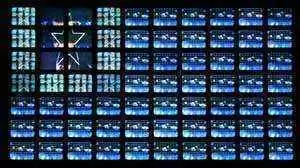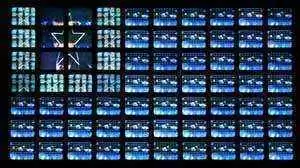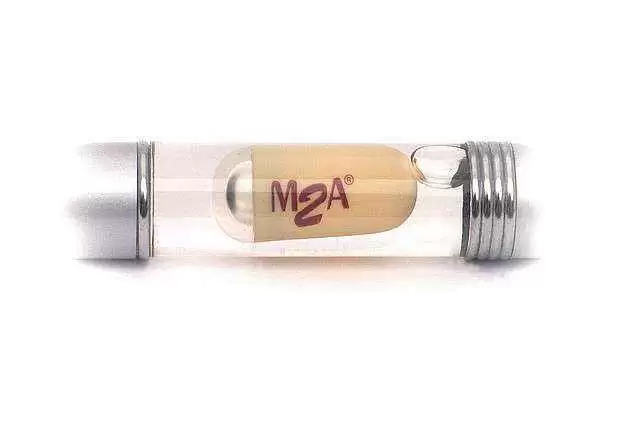
Celiac.com 12/10/2012 - In celiac disease, doctors use video capsule endoscopy (VCE) mainly to follow-up on stubborn cases, and to diagnose adenocarcinoma, lymphoma or refractory celiac disease. However, some doctors are suggesting that VCE could replace standard esophagogastroduodenoscopy (EGD) and biopsy in certain circumstances.
 A team of researchers recently evaluated the use of VCE to diagnose celiac disease in place of esophagogastroduodenoscopy (EGD) and biopsy under certain circumstances.
A team of researchers recently evaluated the use of VCE to diagnose celiac disease in place of esophagogastroduodenoscopy (EGD) and biopsy under certain circumstances.
Celiac.com Sponsor (A12):
The research team included Matthew S. Chang, Moshe Rubin, Suzanne K Lewis, and Peter H. Green. They are variously affiliated with the Celiac Disease Center, Division of Digestive and Liver Diseases of the Department of Medicine at Columbia University College of Physicians and Surgeons in New York, and with the Division of Gastroenterology and Hepatology of the Department of Medicine at New York Hospital Queens, Weill Cornell Medical College in Flushing, New York.
For their study, the team evaluated eight patients with suspected celiac disease who were diagnosed by VCE.
Of the eight patients, four underwent EGD and biopsy, with negative biopsy results. Two patients declined the procedure, and two showed contradictory results due to hemophilia and von Willebrand disease.
Using VCE, the team found that all patients showed mucosal scalloping, mucosal mosaicism and reduced folds in either the duodenum or jejunum.
After treatment with a gluten-free diet, seven patients who participated in follow-up showed improvement in either their blood tests, or their presenting clinical symptoms.
From this small study, the team concludes that VCE and the observation of the classic mucosal changes of villous atrophy may replace biopsy as the mode of diagnosis for celiac disease in patients who either decline EGD, or show contradictory results, or in suspect patients with negative duodenal biopsy.
They encourage further study to determine the role and cost of using VCE to diagnose celiac disease.
Source:
- Open Original Shared Link







Recommended Comments
There are no comments to display.